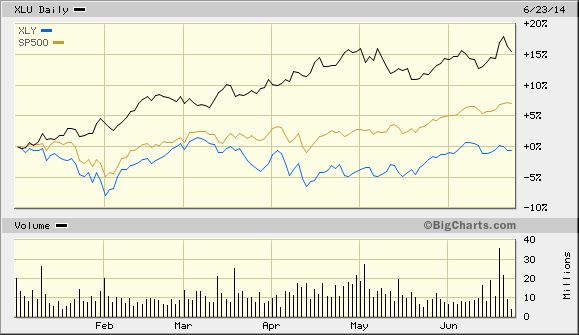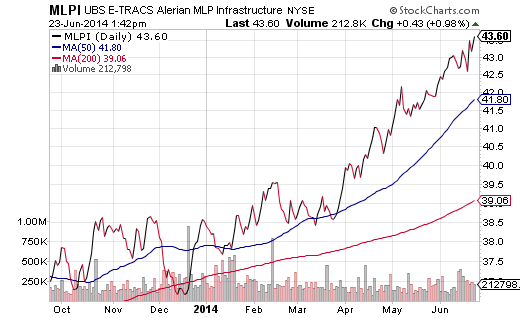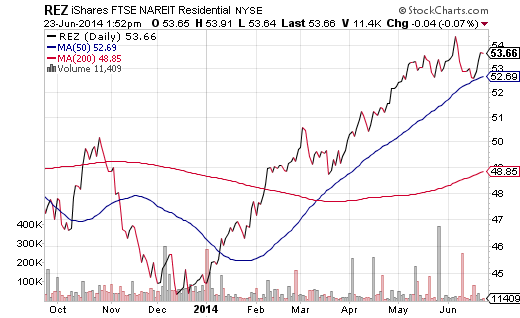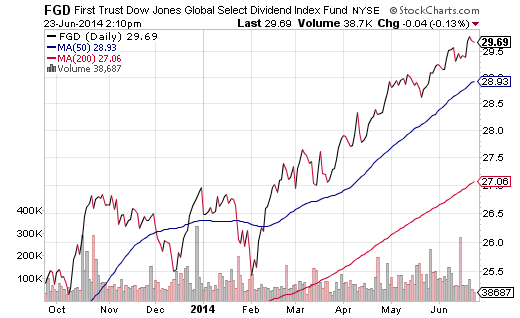Many of the word’s most respected economists projected the direction of interest rates at the start of the year. The average assessment? Experts collectively anticipated that the 10-year Treasury bond yield would rise from 3.03% to 3.41% by the end of 2014.
I didn’t see it.
For one thing, the well-being of real estate in a below-trend recovery largely depends on rate containment. Yet rising interest rates adversely impacted home sales in the 2nd half of 2013. Second, the Federal Reserve has consistently underestimated economic growth in every year since it began purchasing bonds with electronic dollar credits in late 2008 (a.k.a. quantitative easing or “QE”). Understanding that Fed forecasts typically come up short, the leadership has the cover it needs to keep suppressing yields for the proverbial “extended period of time.” Remember, in the beginning of 2010, former chairman Ben Bernanke expected to raise short-term overnight lending rates by the third quarter of 2010. Instead, his committee members went the opposite direction, creating “QE2″ to dampen rates even further.
Third, taper or no taper, treasury yields have moved lower in every circumstance since 2008 when the monetary authority completely pulled away from stimulus activity. In the absence of Federal Reserve support, then, investors frequently look for the safest of harbors.
It follows that I expected rates to fall this year, and fall they have. I elaborated on the notion back in January in a feature, Against the Herd: Lower Rates, Not Higher Rates, In 2014.
Near the half-way point of the year in late June, investors do not even seem to fret the notion of a sudden rise in interest rates. On the contrary. The best performing sector ETF has been SPDR Select Sector Utilities (NYSE:XLU) — the ultimate rate-sensitive segment of the economy.The worst performer? Consumer Discretionary (ARCA:XLY).
Of course, it has not just been a good year from the safety-first sector. A number of unique asset classes with above-average yields have endured both the naysayers and the non-believers.
1. MLPs. Those who have listened to me on terrestrial radio since the mid-90s and those who have been reading my commentary since the early 2000s know my fondness for the potential of energy infrastructure. Oil, natural gas and refined products need to be stored and transported. There are a fixed number of players in the game with monstrous barriers to entry from competitors. And there are few prospective public entities that an investor can feel confident about near-5% yields as well as 5% growth rates.
Rising rates rattled the MLP structure in the latter half of 2013. However, proxies like J.P. Morgan Alerian MLP (NYSE:AMJ) and ETRACS Alerian MLP Infrastructure (NYSE:MLPI) have been climbing up the relative strength leader-board. Year-to-date, they have returned 10.4% and 10.3% respectively. Both are above 50-day and 200-day trendlines.
2. REITs. Homebuilders have struggled mightily as of late. What’s more, the struggles of Main Street consumers often play out in real estate-related investments.
Not this time. The “unexpected” decline in interest rates have propelled the yield-sensitive structure to one of the best year-to-date performances of any asset class. The all-purpose Vanguard REIT (ARCA:VNQ) has tacked on 17.3%, while the residential sub-sector ETF, iShares FTSE NAREIT Residential (NYSE:REZ) has added 19.1% thus far in 2014.
3. Worldwide Dividends. “After the fact” prognosticators explained the drop in U.S. rates as a function of a surprise increase in demand for sovereign debt around the world. Perhaps that is true. More importantly, total returns on exchange-traded trackers like SPDR S&P International Dividend (NYSE:DWX) and First Trust DJ Global Select Dividend (NYSE:FGD) chime in at 9.1% and 10.2% respectively. Both are handily outpacing the S&P 500.




